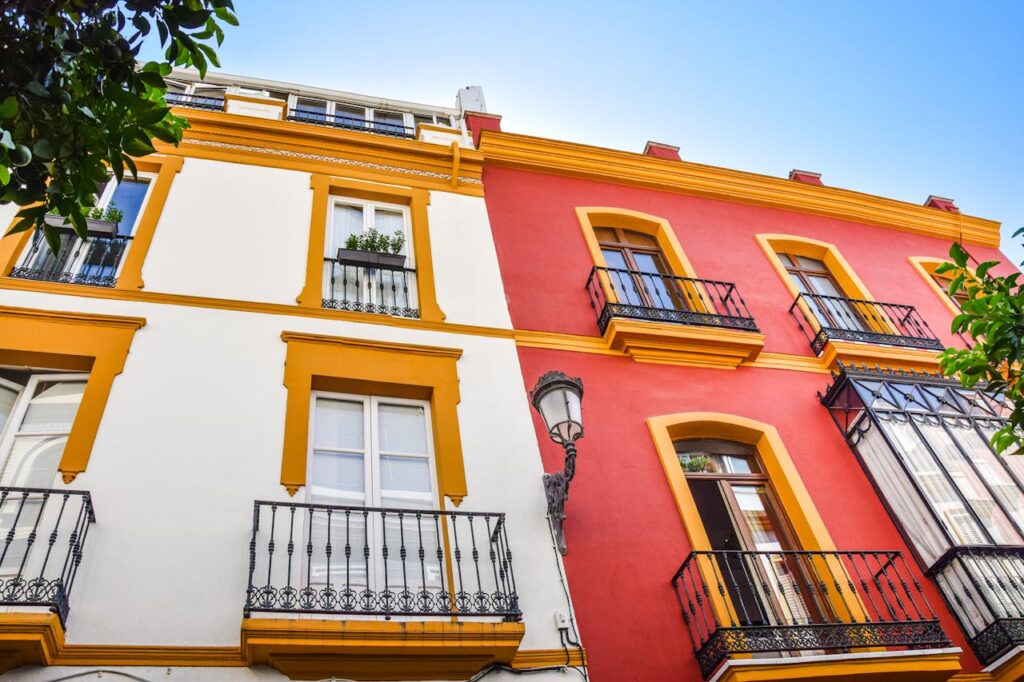The Growth of Tourist Apartments in Spain: A Closer Look
In the past year, Spain has seen a notable increase in tourist apartments, with a 9.2% rise from February 2023 to February 2024. This data, provided by the Instituto Nacional de Estadística (INE), reveals that there are now 351,389 tourist apartments across the country. This uptick suggests a growing trend in short-term rentals, which now make up 1.33% of the total housing market in Spain, compared to 1.21% the previous year.
A Significant Increase in Tourist Apartments
This increase is significant, especially when considering that in October of last year, tourist apartments accounted for 1.29% of the housing stock with 340,424 units. The steady growth highlights a shift in the housing market dynamics, potentially driven by the rising popularity of platforms like Airbnb and a general increase in tourism.
Regional Breakdown of Tourist Apartments
When breaking down the numbers by autonomous communities, Andalucía leads with 82,454 tourist apartments, reflecting a 17.5% increase. Valencia and Cataluña follow closely with 59,413 (up 19%) and 52,598 (up 15%) apartments respectively. Other notable regions include the Canary Islands with 46,784 units (up 9.6%), the Balearic Islands with 25,073 units (though this represents a slight decrease of 1.2%), Madrid with 19,456 units (up 19%), and Galicia with 17,883 units (up 21%).

Increase in Available Beds
This rise in tourist accommodations corresponds with a significant increase in the number of available beds, which reached 1,751,263 in February 2024, compared to 1,545,368 in February 2023, marking a 13.3% growth. However, the average number of beds per tourist apartment has slightly decreased from 5.06 to 4.98.
The slight decrease in the average number of beds per tourist apartment in Spain, from 5.06 to 4.98, suggests a trend towards smaller and potentially more affordable units. This could reflect growing demand for compact accommodations, particularly in city and town centers.
Implications for Spain
For Spain, these trends indicate a growing dependency on tourism, which can have both positive and negative effects. On one hand, the increase in tourist apartments can boost local economies, create jobs, and support businesses in the hospitality sector. On the other hand, it might lead to concerns about housing availability for residents and potential changes in community dynamics.
Overall, the data paints a picture of a vibrant and expanding tourism sector in Spain, with regional variations that reflect local attractions and market conditions. As the number of tourist apartments continues to rise, it will be essential for policymakers and communities to balance the benefits of tourism with the needs of residents.
Let us know what you think about this data…
Share this content:




3 comments